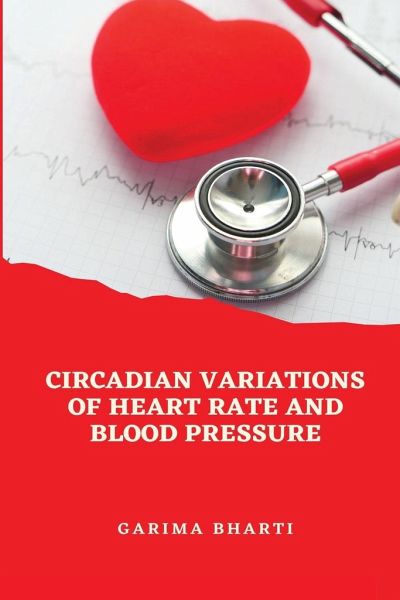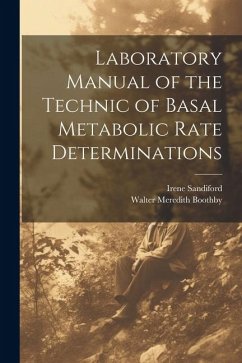Nicht lieferbar

Circadian Variations of Heart Rate and Blood Pressure
Versandkostenfrei!
Nicht lieferbar
Blood pressure variability (BPV) is one of the major risk factors for several types of cardiovascular diseases (CVDs). This review focuses on behavioral aspects of circadian rhythms of both males & females. It is valuable, therefore, to demonstrate the circadian variability in systolic blood pressure (SBP), diastolic blood pressure (DBP) and Heart Rate (HR) in both males as well as female subjects with special reference to age, sex, work type & dipping patterns. In our findings, we aimed to clarify the fluctuations among men & women. A total of300 voluntarily participated in the study. All sub...
Blood pressure variability (BPV) is one of the major risk factors for several types of cardiovascular diseases (CVDs). This review focuses on behavioral aspects of circadian rhythms of both males & females. It is valuable, therefore, to demonstrate the circadian variability in systolic blood pressure (SBP), diastolic blood pressure (DBP) and Heart Rate (HR) in both males as well as female subjects with special reference to age, sex, work type & dipping patterns. In our findings, we aimed to clarify the fluctuations among men & women. A total of300 voluntarily participated in the study. All subjects wore an Ambulatory Blood Pressure Monitor SBP, DBP and HR were measured every 20 and 40 minutes. In addition, double product (DP) and mean arterial pressure (MAP) were also documented. Data were analyzed using A&D, Cosinor and Spectra software. A statistically significant Circadian rhythm was validated in all studied components, with respect to Age, Sex, type of work & dipping pattern. Additionally, significant differences for the circadian Mesors, Amplitude, Acrophase of SBP, DBP, HR, DP and MAP were also noticed. Results show that, as the age increases Mesor of SBP, DBP& MAP increases in males but in case of females, Amplitude of SBP was more. In males dipping was less than females. Diurnal SBP, DBP, MAP were higher in extreme Dippers whereas nocturnal values were higher in non dippers. We also proved that in subjects with medications had more non dipping pattern. In hypertensive subjects without medications & non dipper the rhythm detection ratio was low particularly in SBP, MAP. On the basis of our findings we can summarized that variability in BP may be related to Age, Sex & type of work to some extent.














![The Primitive Tradition of the Eucharistic Body and Blood [microform] Cover The Primitive Tradition of the Eucharistic Body and Blood [microform]](https://bilder.buecher.de/produkte/68/68769/68769624n.jpg)